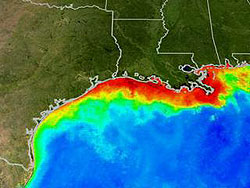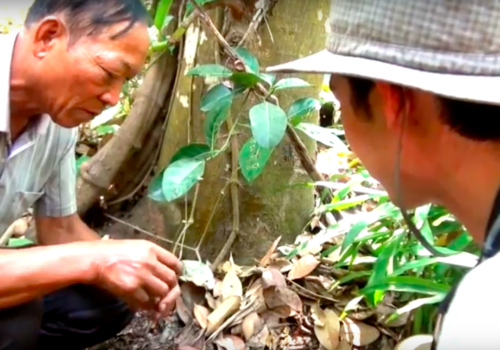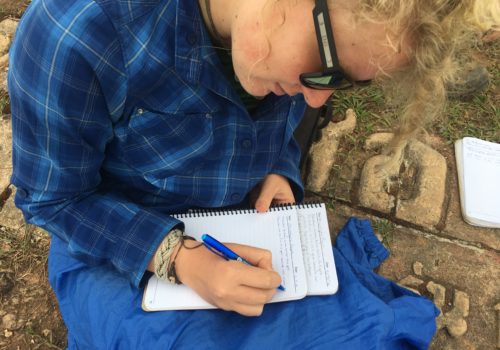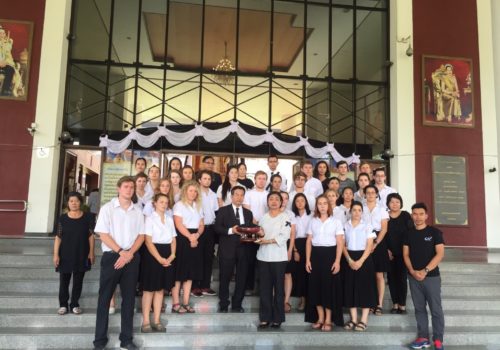Sobering post up by Joseph Romm at Climate Progress focusing on the impact on the oceans of increasing CO2 and warming, looking at a recent study predicting that as ocean “dead zones” expand, they could remain for 1,000-2,000 years. Citing an article by AFP:
“Global warming may create “dead zones” in the ocean that would be devoid of fish and seafood and endure for up to two millennia….
Its authors say deep cuts in the world’s carbon emissions are needed to brake a trend capable of wrecking the marine ecosystem and depriving future generations of the harvest of the seas.”
The problem, of course, is that the oceans have a great deal of inertia in them–once a process is started, it is very hard to slow it down or reverse it. The key to avoiding this outcome (which would be a catastrophe–as oceans supply a large percentage of the world’s food) requires massive change NOW to slow down and reverse the growing carbon load in the atmosphere. As Romm points out in this and other posts, “geo-engineering” (active interventions to change the climate) is unlikely to work, and carries with it significant risks of unintended consequences. We are already experimenting on the planet by pumping massive amounts of CO2 and related gasses into the atmosphere–adding other untested (and untestable) interventions seems like a really bad idea.
Every time I read about geo-engineering I’m reminded of the well intentioned but ultimately disastrous introductions of non-native species into a new area (rabbits in Australia, kudzu in a garden in the US, etc.). In Thailand you can find huge snails as well as certain types of crabs in the rice fields that were introduced as a cash crop to farmers. The idea was to sell them as an export item, generating more income for farmers. Of course, they escaped and are now a major pest. A thorny mimosa tree/shrub (mayaraap) was introduced in Thailand by the Irrigation Department to stabilize the banks of canals. Now, of course, mayaraap thickly coat the banks of streams, rivers, ponds, lakes, and former rice fields. To deal with this, the Irrigation Department is considering introducing another non-native species–a small beetle that eats the mayaraap. Nothing could go wrong with THAT plan…
Geo-engineering? When we still (maybe) have time to mitigate and change behavior so the CO2 doesn’t get there in the first place? While there are lots of small scale ways to draw down carbon (e.g. bio-char, etc.), dumping iron into the ocean or injecting sulfer into the atmosphere (just two current ideas) make me think about beetles. What else is going to happen if we do that?



